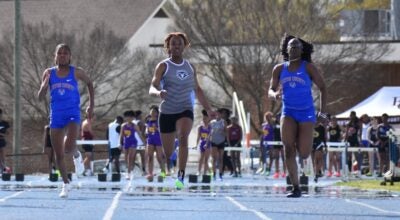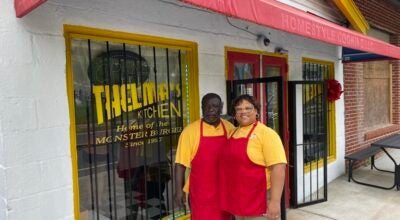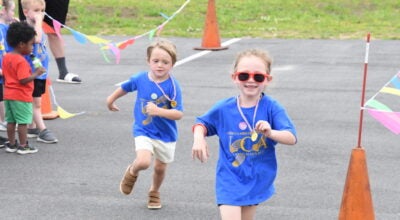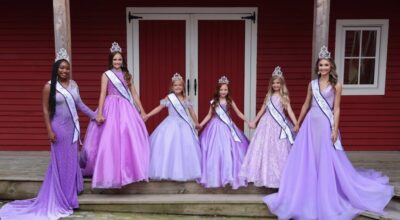Different agencies work to help kids
Published 9:22 pm Friday, April 23, 2010
Twenty years ago, child abuse cases were handled differently than they are today. A child had to be interviewed multiple times in order for each agency to obtain the information needed to investigate the case.
Today, agencies work closer together and also work with child advocacy centers like Child Protect to make the process easier on everyone involved, especially the child.
The group of agencies that investigate child abuse is called a multidisciplinary response team. This “team” meets regularly to go over cases so that everyone is working on the same page.
Each April, National Child Abuse Prevention Month recognizes the individuals and agencies involved in stopping child abuse. These include law enforcement, DHR, prosecution, medicine, counseling and other related fields.
“Professionals involved in multidisciplinary work report greater appreciation and understanding of the mission of other disciplines, better access to training, and more informed decision making,” said Jana Conlee, forensic interviewer with Child Protect. “This comprehensive approach ensures that children receive child-focused services in a child-friendly environment.”
Forensic interviews are witnessed by representatives of multiple agencies. The interviewer is specially trained to interview children. The child is interviewed in a kid-friendly facility, and law enforcement officers and social workers watch the interview from a separate room.
“That way, the kid only has to talk to one person one time,” Conlee said. “It lessens the trauma on the child, and it also helps build a better case if it does get to court. It really is a time saver also for the professionals involved.”
After the interview is recorded, law enforcement takes it as part of the evidence in the case.
“The whole goal of the forensic interviewer is to find out the truth behind the allegations made,” Conlee said.
Different agencies have specific roles in each case. Law enforcement must find out if a crime has been committed and whether a person should be charged with a crime. DHR sees that a child is safe within his or her home. Medical professionals exam the suspected victim, and counseling is provided by one or more agencies — Child Protect, mental health services or private counselors.
If a case gets to the court system, Child Protect provides an advocate in court and sees that the child is prepared for court. The district attorney’s office goes to trial with as much information as possible, and their responsibility is figuring out how to use that information. The DA office also heads up the multidisciplinary team, and there are separate teams for each county.
“When a child is the victim of abuse or neglect, it is the responsibility of each member of the child protective services and criminal justice communities to provide a timely and appropriate response, to promote the coordination and teamwork needed to ensure such a response, and to minimize additional trauma to children,” Conlee said.






